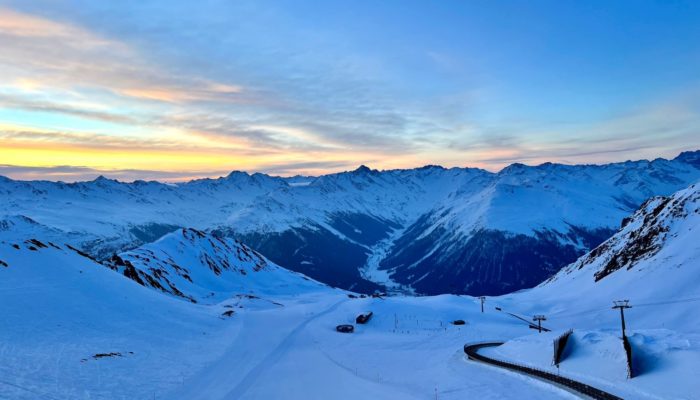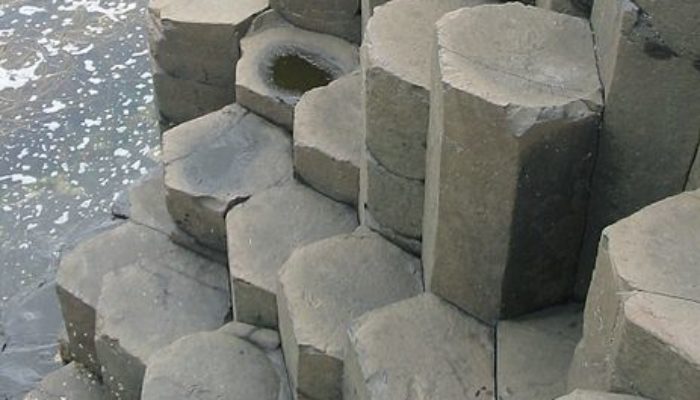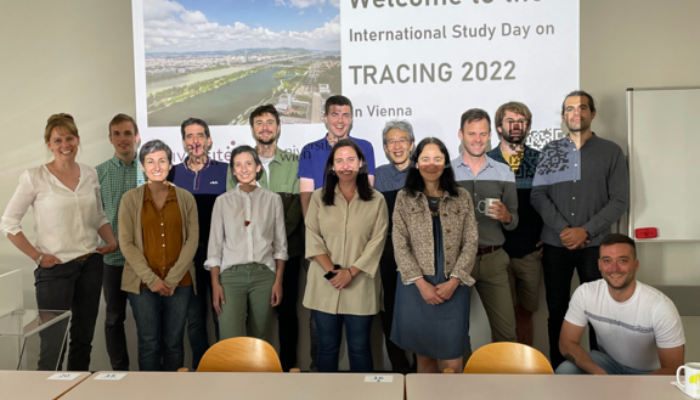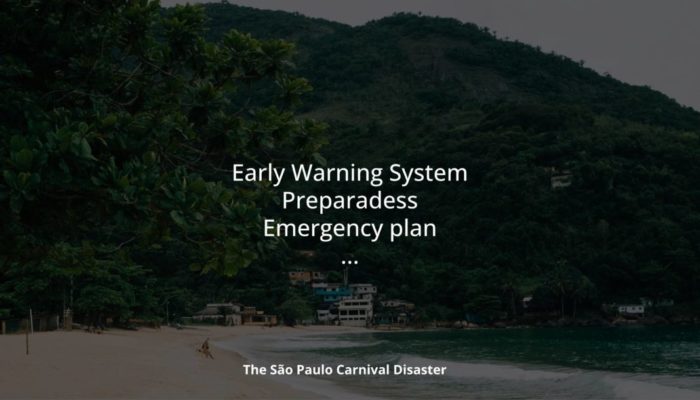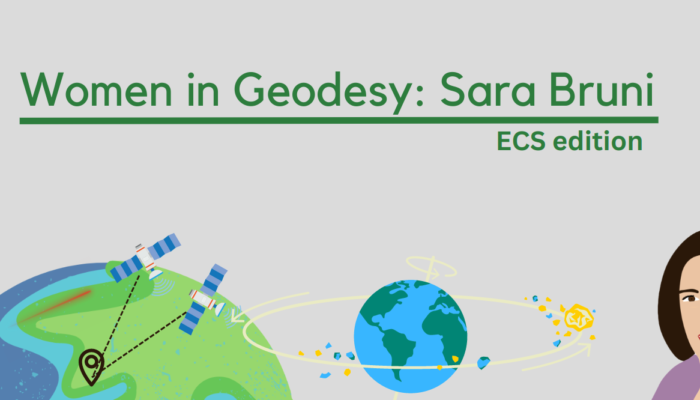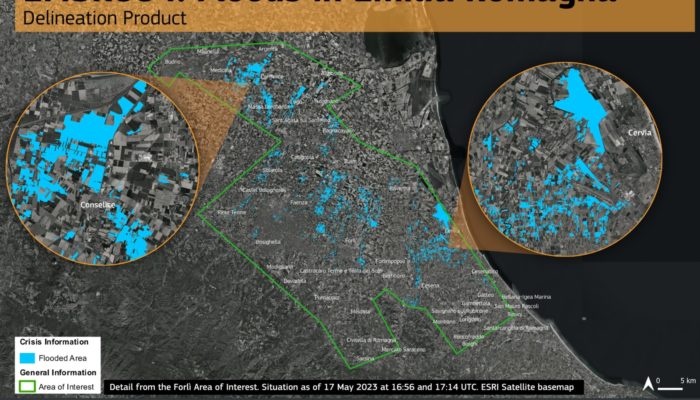As scientists, we often encounter errors in our own work and in the work of others. As modelers, we call these errors “bugs”. Of course, they are not actual insects, but they definitely keep us awake from time to time. Even though everyone is aware of their existence, we rarely discuss them in a scientific context. In today’s post, I bring to you the work and journey of a snow scientist, Dr. Cécil ...[Read More]
Tectonics and Structural Geology
Features from the Field: Columnar Basalts and why Hexagons are nature’s favourite shape
What does an insect eye, Saturn’s North pole, beeswax, and a rock formation called columnar basalts all have in common? They are all hexagonal in shape. Why is this the case? Hexagons are the most efficient way to fill a space with the least amount of material The science of bubbles and bubble sculptures is very interesting and I do encourage you to go check out some other blogs that talk ab ...[Read More]
Geomorphology
International initiatives to solve the challenges to trace sediment and contaminant in river systems
Soil and water resources that are essential to human and aquatic life are increasingly threatened by human activities and the impacts of land use and climate change. Sediments play hereby a key role, particularly fine sediments with sediment-associated pollutants, which can lead to a substantial degradation of water body quality, such as in rivers and reservoirs. Sediment tracing as a first step t ...[Read More]
Geochemistry, Mineralogy, Petrology & Volcanology
The role of Geothermal Energy in the energetic and environmental challenge.
How does a Geothermal system work? Heat is a form of energy and, strictly speaking, geothermal energy is heat from inside the Earth. The large amount of thermal energy enclosed below the earth’s surface derives in part from its primordial formation process and in part originates from the decay of radioactive isotopes present mainly in the earth’s crust and, secondarily, in the mantle. ...[Read More]
Geodynamics
More than a homework: “I am a rock”
Outreach is becoming a more and more prominent part of the work of researchers. With public funding many of us are expected to show in a creative way what we do with our funding, but it is not easy to step out from the << I will post on social media>> comfort zone. This week Elvira Mulyukova, in collaboration with Cedric Thieulot, is showing us how to create something extraordinary fro ...[Read More]
Hydrological Sciences
International initiatives to solve the challenges to trace sediment and contaminant in river systems
Soil and water resources that are essential to human and aquatic life are increasingly threatened by human activities and the impacts of land use and climate change. Sediments play hereby a key role, particularly fine sediments with sediment-associated pollutants, which can lead to a substantial degradation of water body quality, such as in rivers and reservoirs. Sediment tracing as a first step t ...[Read More]
Natural Hazards
The 2023 Carnival disaster in São Paulo: an all time record for rainfall in Brazil
In February 2023, Brazil experienced its largest rainfall event on record, which devastated the northern coast of the state of São Paulo. This event caused landslides, floods, and numerous fatalities, making it even more tragic than previous disasters in the region, which already have been elaborated on in another blog post. The situation highlights the urgent need for effective emergency manageme ...[Read More]
Geodesy
Women in Geodesy: Sara Bruni
Are you ready to hear from another woman in geodesy? We pass the mic to our Outstanding Early Career Scientist Awardee of 2018, someone who is currently carrying out her scientific works outside of academia. We are not going to take that much of your time and leave the stage to her. Would you like to share your thoughts about what being a woman in science means to you? I enjoy being a scientist be ...[Read More]
Nonlinear Processes in Geosciences
Unraveling the Meteorological Factors and Climate Change’s Role in Italy’s Devastating Floods
Italy has recently been struck by a series of catastrophic floods that have claimed lives, displaced thousands of people, and caused extensive damage to infrastructure. These floods were triggered by an extraordinary amount of rainfall, equivalent to six months’ worth, occurring within few days. The culmination of three distinct meteorological events, with low-pressure systems over the Thyrr ...[Read More]
Nonlinear Processes in Geosciences
NPG Paper of the Month: “A Range of Outcomes: The Combined Effects of Internal Variability and Anthropogenic Forcing on Regional Climate Trends over Europe”
The NPG paper of the month for February 2023 was awarded to “A Range of Outcomes: The Combined Effects of Internal Variability and Anthropogenic Forcing on Regional Climate Trends over Europe” by Clara Deser and Adam S. Phillips. How much will Europe warm in the next 50 years? Will precipitation increase or decrease? Are past climate trends unique or could alternate realities have exis ...[Read More]

